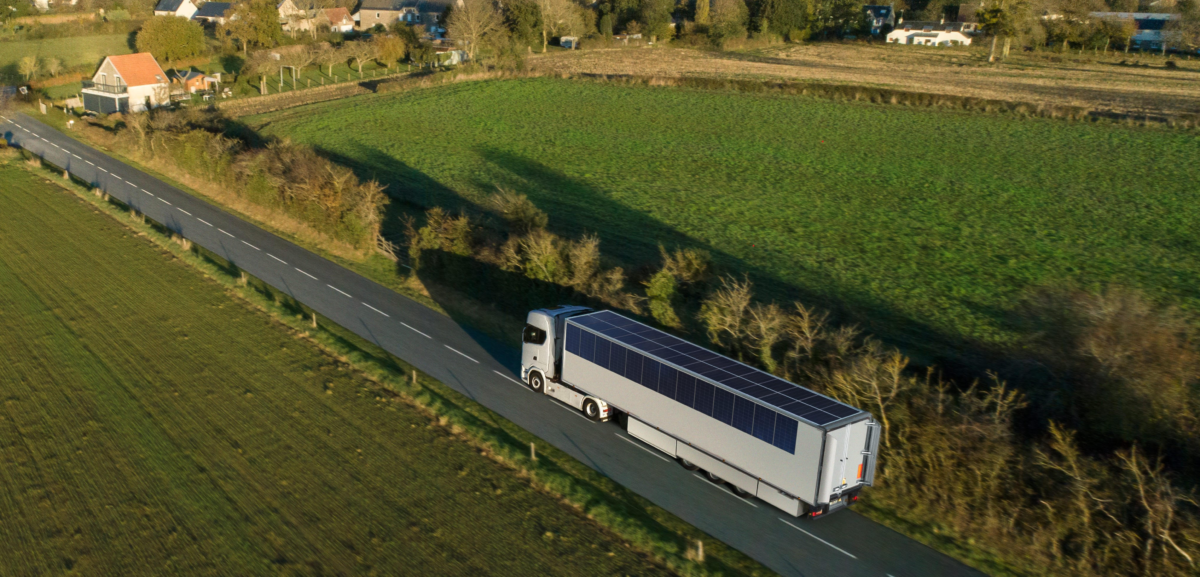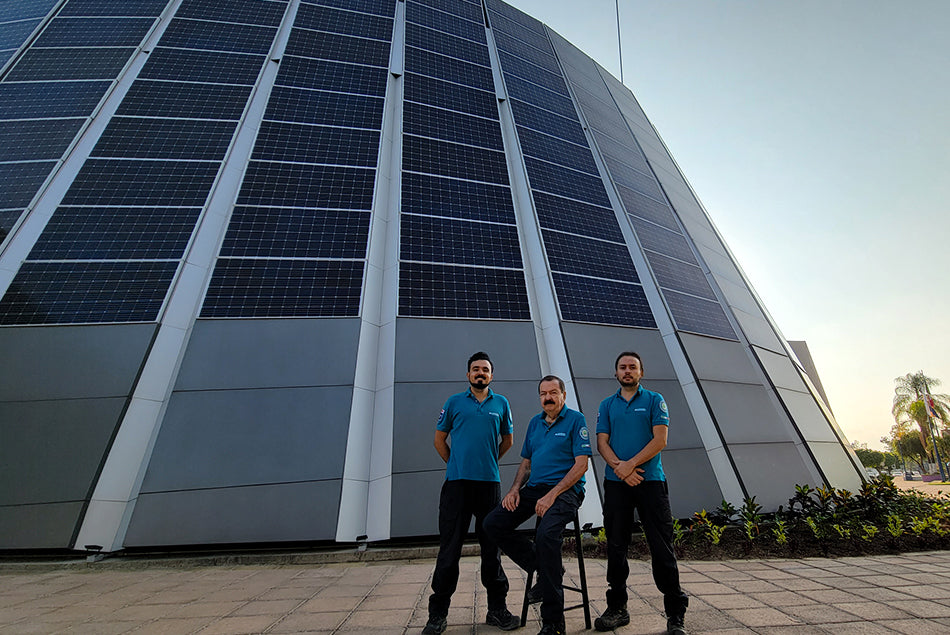https://www.pv-magazine.com/2022/06/15/biden-halts-solar-tariffs-for-two-years-whats-next/
Biden halts solar tariffs for two years. What’s next?

Image: HesselWisser, pixabay
From pv magazine USA
On June 5, the Biden administration announced a 24-month tariff exemption on solar modules manufactured in Cambodia, Malaysia, Thailand and Vietnam.
The move comes as a direct response to the industry-wide uncertainty that has unfolded since the Department of Commerce (DOC) March 28 announcement that it would act on a petition filed by California-based solar module manufacturer Auxin Solar requesting that DOC review solar panel imports from Chinese companies working in Cambodia, Malaysia, Thailand and Vietnam, announcing that it was launching an antidumping investigation into those companies.
Tariff risk for solar goods sourced from the four nations exceeded 50% to 250%, creating an untenable level of uncertainty that cascaded into canceled and delayed projects. The impact was so stark that it led the Solar Energy Industries Association to cut its project deployment forecast in half for the year.
Paul Wormser, vice president of technology with Clean Energy Associates (CEA) told pv magazine USA that buyers and suppliers were essentially at a standoff, where neither the buyer nor the seller wanted to accept the risk. Neither party felt they could win in a negotiation, but both had something to lose if they didn’t negotiate.

Wormser said the executive action will be impactful in removing a piece of that uncertainty in the near term. “Most people feel this was a positive move and very helpful to managing some of the challenges on the table right now,” he said.
The move paves the way for supply contracts to get signed, prices to get better estimates, and factories and shipments from the four nations under investigation to get back on track.
As for the latent impact from the investigation, Wormser said that projects did not go away entirely. “We did not see ‘demand destruction.’ The demand is still there, it is just unfulfilled. Instead of projects disappearing, a number of projects just changed their schedules. There will be a catch-up in deployment in what we had hoped to see in 2022, but that catch-up will take quite some time,” said Wormser.
Other threats to supply
“Unfortunately, there’s still going to be a dip in US deployments this year, versus what most of us would have predicted at the beginning of the year,” said Wormser. “There are ongoing issues with WRO (the Hoshine Withhold Release Order), there are new issues looming with UFLPA (Uyghur Forced Labor Prevention Act), and even though this particular issue of AD/CVD was ‘solved’ on Monday, it’s substantially towards the middle of the year before we had that solved.”
Wormser said the UFLPA implementation is something to watch in the coming weeks. The act intensifies the burden of proof on importers, as they must prove that their goods must have no connection to the Xinjiang region of China, which has credible allegations of forced labor to the nation’s Uyghur community.
Popular content
He said that Xinjiang is the “center of gravity” for the world polysilicon supply chain, with a little less than half of the global polysilicon supply coming from the region. However, there is little to no wafer or cell manufacturing in the region, and there has never been a lack of absolute supply of polysilicon globally. China has made numerous announcements to move polysilicon production into other regions, so the UFLPA may not be as disastrous to solar module supply as it first appears.
The WRO has led to the US detaining hundreds of MW of solar modules that were headed for US projects, but Wormser said that this pressure will continue to ease as module suppliers are now aware of what supply chain documentation is needed to clear Customs.
The glut of undelivered products as a result of the triple-threat to US solar trade may take quite some time to reach US project sites. Wormser said the industry may be playing catch-up with this unserved demand into 2024. In the meantime, jobs have been lost, new jobs haven’t been created, and projects have been delayed. While it won’t be an overnight success, the softening of this trade triple-threat over time will lead to a steady supply flowing again, with US jobs and projects following.
US manufacturing
Concurrent with the two-year halt of solar tariffs on major Southeast Asian panels suppliers, the Biden Administration invoked the Defense Production Act and said it is using the full power of federal procurement capabilities to boost US-made solar. Master Supply Agreements will be put in place to enable domestic clean electricity providers to sell products to the US government rapidly, and US-made solar will be given “super preference” in federal procurement efforts.
Christian Roselund, senior policy analyst, CEA, said the actions in total will likely not be enough to give a meaningful boost to US solar manufacturing. While every bit helps, running a solar module factory is much more costly in the United States than China, Southeast Asia, Turkey, or India, largely due to the wide gap in labor costs. Roselund said significant incentives to address the cost differential are likely the only path forward to make US solar competitive.

He added that CEA is still analyzing what the Defense Production Act means for US solar. He said that in the past, the act has been invoked to order US manufacturers to respond to crises, like making masks and respirators for Covid-19 response or munitions in wartime.
“But I still haven’t seen anywhere in (the records), where the Defense Production Act has been used in a way that offsets higher operating costs. Because even if you provide grants and loans for the initial building of a factory, that doesn’t address the operating cost. It’s the medium to long term profitability that you have to worry about. What is needed is something to offset that price premium,” said Roselund.
He said Jon Ossoff’s Solar Energy Manufacturing for America bill would do just that. However, it was tied up with the Build Back Better Act, which Sen. Joe Manchin (D-WV) shut down last December. Recently Democrats have voiced optimism that Manchin will cooperate on a climate bill, but Roselund said there is no guarantee anything meaningful will get by Manchin’s negotiations.
This content is protected by copyright and may not be reused. If you want to cooperate with us and would like to reuse some of our content, please contact: editors@pv-magazine.com.





